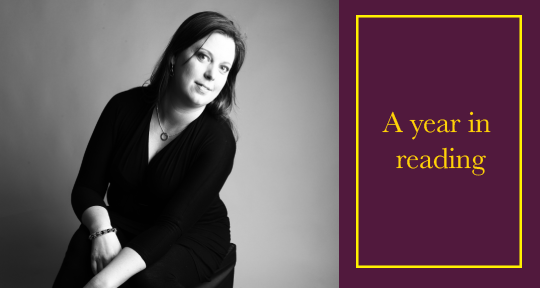They Will Drown in Their Mothers’ Tears by Johannes Anyuru, translated from the Swedish by Saskia Vogel, Two Lines Press, 2019
As I’m reading the English translation of Johanne’s Anyuru’s They Will Drown in Their Mothers’ Tears at the end of 2019, a news report catches my attention. The Sweden Democrats, a right-wing populist anti-immigration party with increasing support since entering the Swedish parliament in 2010, has proposed limiting the access to Swedish public libraries. Non-citizens in Sweden would lose their right to borrow books or use other library services. I’m talking about a proposed bill in the real Sweden, in the real now.
Terrorist attacks have become a familiarity in western European cities over the past years, and that’s starting to be reflected in the fiction that’s published. Anyuru’s latest novel starts with a bomb attack at a comic book store in Gothenburg. While this is fiction, there are clear references to both the Parisian publication Charlie Hebdo and the controversial Swedish artist Lars Vilks.
It was five years ago, in January 2015, that the satirical weekly newspaper Charlie Hebdo was attacked by terrorists. Twelve columnists, editors, cartoonists, and other workers in the building were killed and eleven more were injured. You might remember the Je suis Charlie manifestations that followed across multiple countries. Probably less known around the world is conceptual artist Lars Vilks, a survivor of several targeted attacks, including the February 2015 attack in Copenhagen that killed one person. Lars Vilks has lived under death threats since 2007 because of his depictions of the prophet Muhammad. READ MORE…


